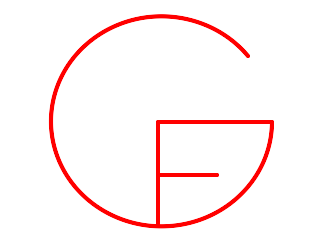
Aarne Ranta
December 2010 for GF 3.2

Aarne Ranta
December 2010 for GF 3.2
$ gf FoodIta.gf FoodEng.gf
parse "this cheese is very very Italian" | linearizeNotice that the parser accept the tabulator for word completion.
generate_random | linearize
help
import alltenses/LangEng.gfo alltenses/LangGer.gfo parse -lang=Eng "I love you" | linearize -treebankThe resource grammars are found relative to the value of GF_LIB_PATH, which you may have to set; see here for instructions.
Bread : Kind ; -- in Food.gf
Black = {s = "bread"} ; -- in FoodEng.gf
Black = {s = "pane"} ; -- in FoodIta.gf
and start GF again with the same command. Now you can even translate
this bread is very Italian.
To lear more on GF commands and
grammar development, go to the one of the tutorials:
gf -make FoodIta.gf FoodEng.gf wrote Food.pgfYou can use this in Haskell and Java programs, and also on web services, such as
$ pgh-http
Starting HTTP server, open http://localhost:41296/ in your web browser
Options {documentRoot = "/home/aarne/.cabal/share/gf-server-1.0/www", port = 41296}
which resides next to your gf program. You can view it locally by pointing your
browser to the URL shown. You can add your own .pgf grammar to the service by
copying it over to the documentRoot directory. Just push "reload" in
your browser after each such update.
To build more customized web application, consult the developer wiki.